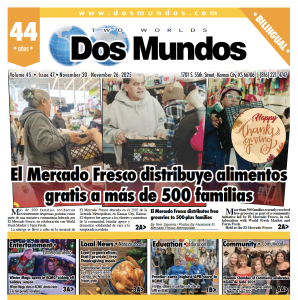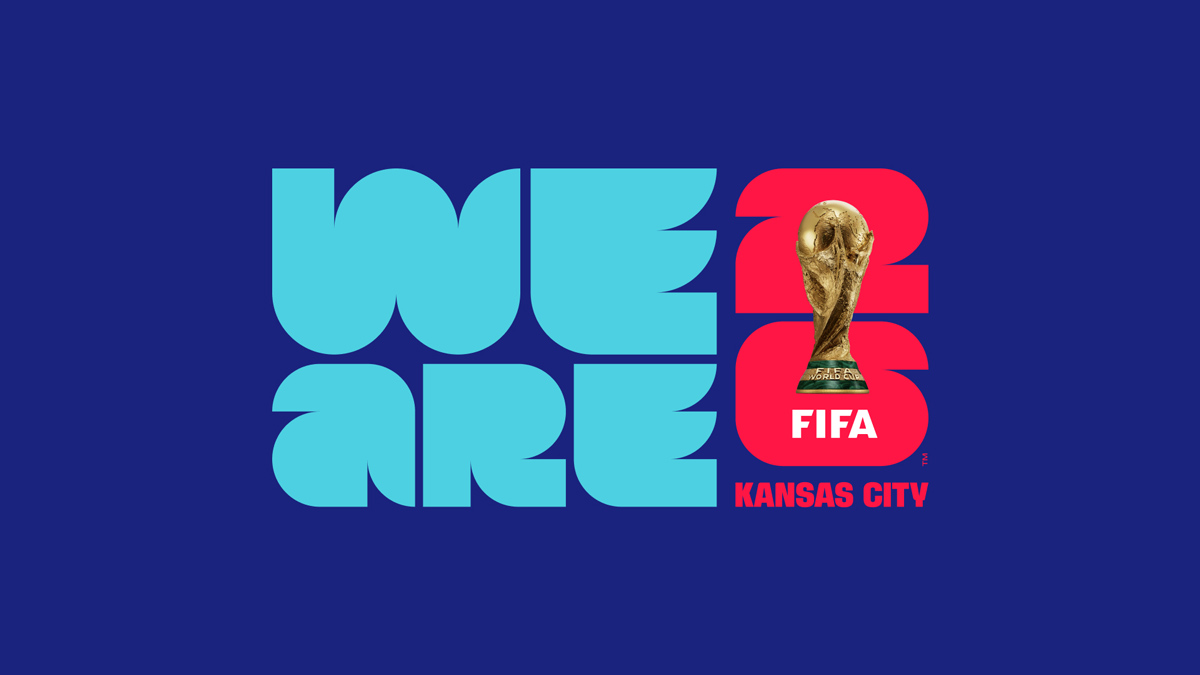Bilingual education in Kansas City has become increasingly significant as the city’s demographics evolve and the demand for multilingual proficiency grows. With a diverse student population and a commitment to educational equity, Kansas City offers various programs and resources aimed at supporting bilingual learners. This comprehensive guide delves into the opportunities available and the challenges faced in implementing effective bilingual education in the region.
Understanding Bilingual Education
Bilingual education involves teaching academic content in two languages, typically the student’s native language and a second language, to promote proficiency in both. In Kansas City, this approach is primarily seen through English as a Second Language (ESL) programs and dual-language immersion schools.
ESL Programs in Kansas City
ESL programs are designed to assist students who are non-native English speakers in acquiring language skills necessary for academic success. These programs are integral in Kansas City’s public schools, providing tailored instruction to meet the diverse needs of English Language Learners (ELLs).
The Kansas City Public Schools (KCPS) district offers ESL services across various schools, focusing on language development and academic achievement. These programs are supported by federal funding under Title III of the Elementary and Secondary Education Act, which aims to ensure that ELLs attain English proficiency and meet the same academic standards as their peers.
Dual-Language Immersion Schools
Dual-language immersion programs provide instruction in two languages, promoting bilingualism and biliteracy among students. In Kansas City, several schools have adopted this model to cater to the growing demand for bilingual education.
Kansas City Kansas Public Schools (KCKPS)
KCKPS offers a Dual Language Program that enables students to become biliterate in Spanish and English by learning content through both languages. The program is available at Frances Willard and New Stanley elementary schools, with plans to expand enrollment for the 2025-2026 school year.
Olathe Public Schools
Olathe’s Dual Language Immersion Program allows students to spend half of the day learning in English and the other half in Spanish. This approach fosters proficiency in both languages and is available at Black Bob and Manchester Park elementary schools.
Blue Valley Schools
Blue Valley implements a dual-language immersion model where students are co-taught by two full-time teachers, spending equal time learning in English and the target language. This method supports language acquisition and academic development simultaneously.
Educational Resources and Support
To enhance bilingual education, Kansas City provides various resources and support systems for students, parents, and educators.
Multilingual Education and Services
KCKPS’s Multilingual Education and Services department emphasizes the importance of valuing all learners of language. The department integrates targeted language instruction within core teaching practices, building upon the linguistic diversity of students.
Professional Development for Educators
Kansas State University, through a federal grant, offers professional development opportunities for pre-K to secondary teachers. The initiative aims to bolster bilingual learning by equipping educators with culturally responsive teaching strategies and supporting bilingual students pursuing education degrees.
Challenges in Bilingual Education
Despite the progress, bilingual education in Kansas City faces several challenges that need to be addressed to ensure equitable access and quality instruction.
Limited Program Availability
While dual-language programs exist, their availability is limited, and many students do not have access to such opportunities. Expanding these programs to more schools is essential to meet the needs of the diverse student population.
Interpretation and Communication Barriers
Families relying on interpreters often encounter difficulties due to technology issues, budget constraints, and staffing shortages. These barriers can hinder effective communication between schools and non-English-speaking families.
Need for Qualified Bilingual Educators
There is a shortage of qualified bilingual teachers, which impacts the implementation and effectiveness of bilingual programs. Investing in teacher education and recruitment is crucial to address this gap.
Recognizing Bilingual Proficiency
To acknowledge students’ bilingual abilities, Kansas City schools participate in the Seal of Biliteracy program. This award recognizes high school graduates who have attained proficiency in English and another language, encouraging language learning and cultural appreciation.
Community Engagement and Resources
Community involvement plays a vital role in supporting bilingual education. Dos Mundos provide valuable information and resources for Hispanic families and educators. Our education section offers insights into local educational initiatives and opportunities.
FAQs
ESL programs focus on teaching English to non-native speakers, while dual-language immersion programs provide instruction in two languages, promoting bilingualism and biliteracy.
Enrollment procedures vary by district. For example, KCKPS begins enrollment for its Dual Language Program at Frances Willard and New Stanley elementary schools for the 2025-2026 school year.
Yes, institutions like Kansas State University offer professional development programs for educators to enhance their skills in bilingual instruction.
Challenges include limited availability of programs, communication barriers with non-English-speaking families, and a shortage of qualified bilingual educators.
The Seal of Biliteracy recognizes students’ proficiency in two languages, enhancing their college and career prospects and promoting cultural appreciation.










